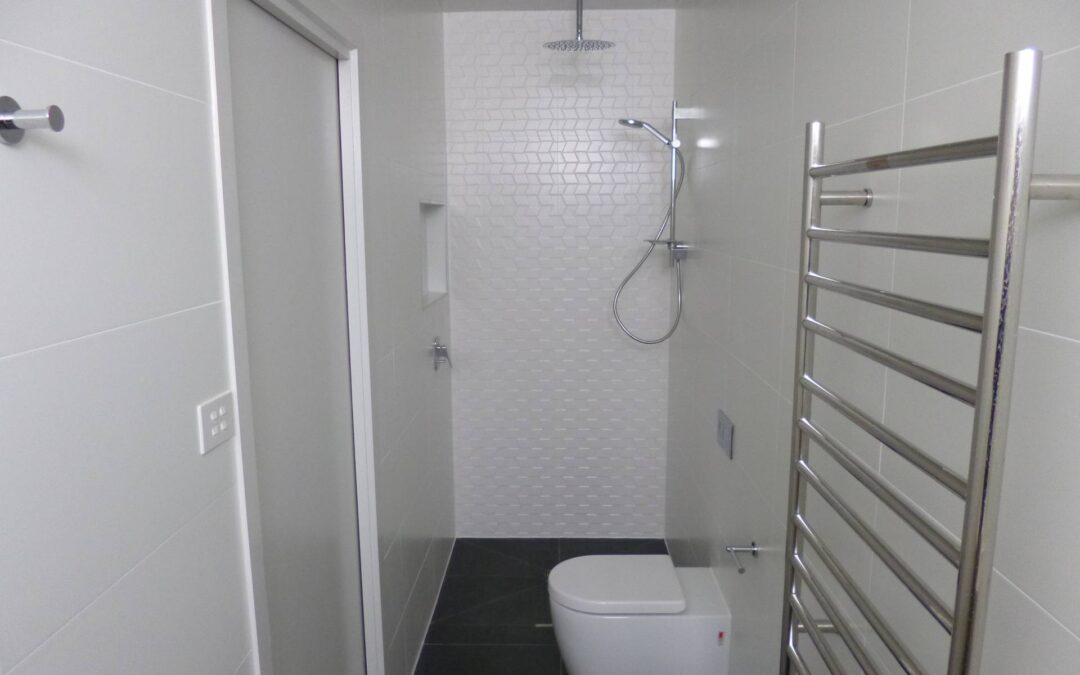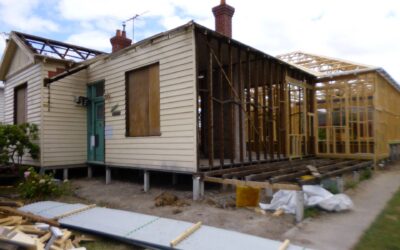Most building contracts are now called “fixed price contracts”, however it’s a misnomer. The reality is, that the final building sum will vary, due to fluctuations in those difficult to pin down PC and PS items.
Lets’ take a look what they are…
PC Items = Prime Cost Items
A Prime Cost (PC) item is an allowance for materials – fixtures and fittings – which at the time of the builder quoting, you may not have selected or finalised. What does that mean? It’s the little details, covering common items such as bathtubs, showers, appliances, door handles, kitchens, taps, sinks, tiles.
However, it is only an estimate of the cost of the item, and it’s subject to change depending on your final selection of the item installed. If you select an item that costs more than the PC allowance, you will need to pay the extra cost – this is called a variation.
It’s also worth noting, that PC cost estimates do not include the cost of installing the items. This is particularly important when thinking about tiles and the cost of laying them – especially if they’re complicated lays, like tessellated or unusual shapes.
MARK’s TIP: Ensure the PC allowance is realistic in terms of the quality of items you expect.
PS Items = Provisional Sum Items
A Provisional Sum (PS) is an estimate to cover work/labour, materials, or both, the extent of which cannot be specifically detailed at the time of quoting – such as site work costs. It’s generally used where a builder cannot give an exact price for a particular part of the build, or the work required – despite having made reasonable enquiries into what may (or may not) be required.
What does that cover? Things such as excavation, storm water drainage, structural steel required as part of the build and retaining walls.
However, just like prime costs, provisional sums are only allowances and are therefore are subject to change, depending on the final cost of completing the required task. These items aren’t always easy to plan for, because the actual scope of work is often inherently unknowable.
OUR TIP: Sufficiently detailed drawings aid in the provisional sum estimates, because your builder will be able to more accurately quote what’s required.
When you’re planning your build or renovation, you need to plan for contingencies. The more detail you can specify up front, prior to quoting (including detailing drawings and specific items, brand and size, especially when it comes to bathrooms and kitchens), it means you can ensure that an accurate amount is included in your contract.
Related Posts
5 things you need to consider for a successful Californian Bungalow extension
Small and sweet, Californian Bungalows are the perfect candidate for an extra room or two addition instead of room or two? Discover the top 5 things you should consider when planning your...
Home extension costs: What you need to know for a successful house extension
Planning a home improvement is exciting. Budgeting accurately is essential. Explore home extension costs and how you can get the most out of your project. So, you’re thinking about...
Reno realities of real builds v’s TV shows
Go on, admit it. You’re addicted to home reno TV programs… you know, The Block, My House Rules, Flip or Flop and anything else where people transform average (or less) homes, into amazing....




